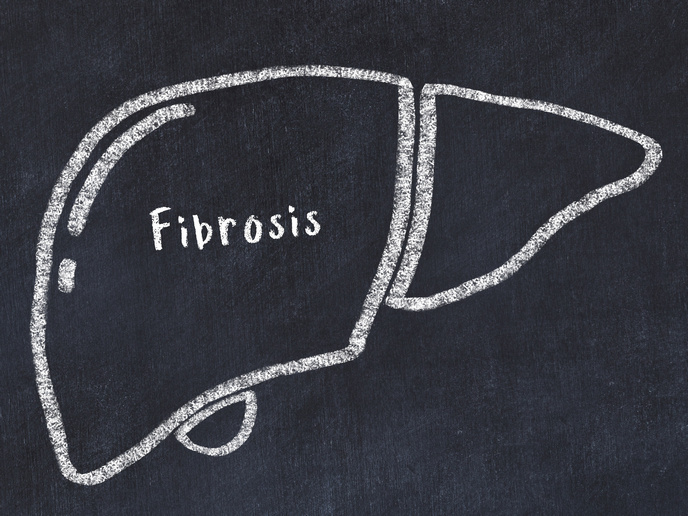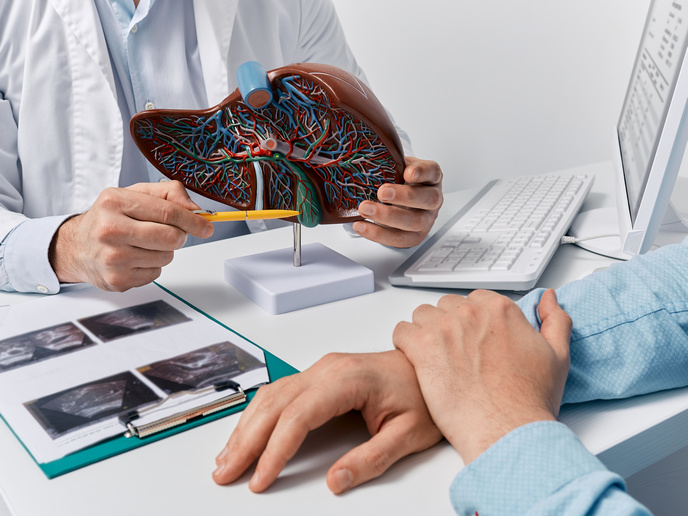Shedding light into kidney malfunction
Kidneys do an amazing job of keeping our bodies hydrated by continuously filtering and reabsorbing nearly 99 % of the fluid that passes through them. A small part of water reabsorption takes place in the kidney collecting ducts via another channel known as aquaporin-2 (AQP2). The function of AQP2 is controlled by the antidiuretic hormone arginine vasopressin (AVP), when high levels of sodium are detected in the blood. AVP helps modify and transport AQP2 to the membrane and increase its water permeability. Reduced expression of AQP2 has been strongly linked with disorders characterised by excessive loss of water, such as congenital or acquired nephrogenic diabetes insipidus (NDI). Conversely, in disorders associated with excessive water reabsorption, such as in congestive heart failure, liver cirrhosis and preeclampsia, plasma membrane AQP2 expression is increased. Scientists on the EU-funded AQUASHUTTLE project investigated the regulation of this AQP2 water channel in detail. They characterised the molecular determinants of AQP2 translocation to the membrane, and showed that AVP phosphorylates AQP2 at certain positions. AQP2 membrane expression also depends on ubiquitination – a post-translational modification associated with the deposition of ubiquitin moieties onto the protein. Scientists went on to identify the key enzymes responsible for AQP2 ubiquitination. Taken together, the AQUASHUTTLE work helped to dissect the mechanism that regulates AQP2 expression in the kidney. Project activities should reveal new targets for therapeutic treatment of various disorders associated with impaired water homeostasis.







